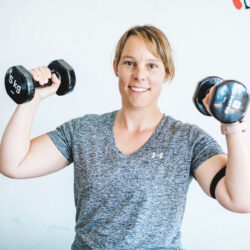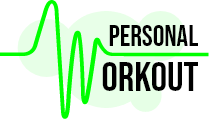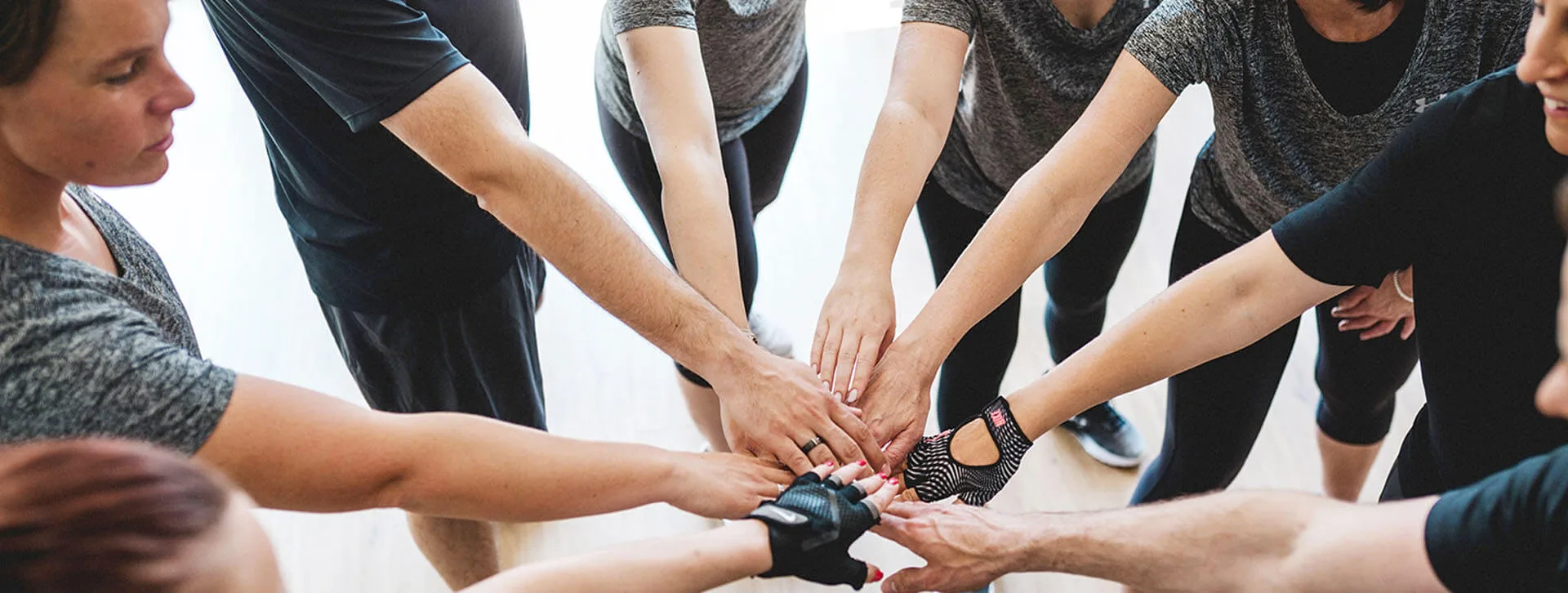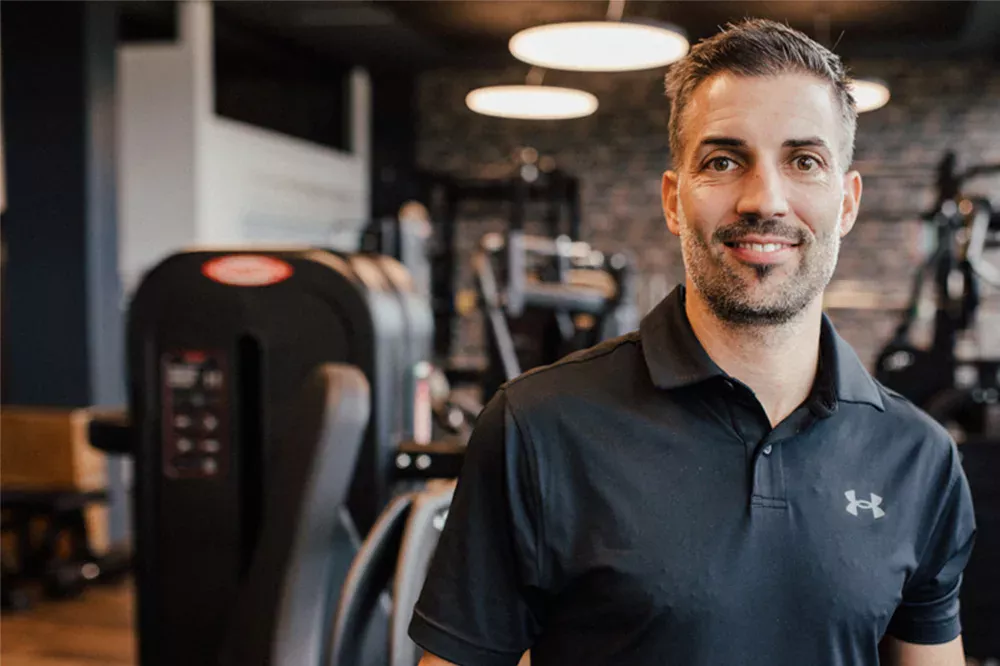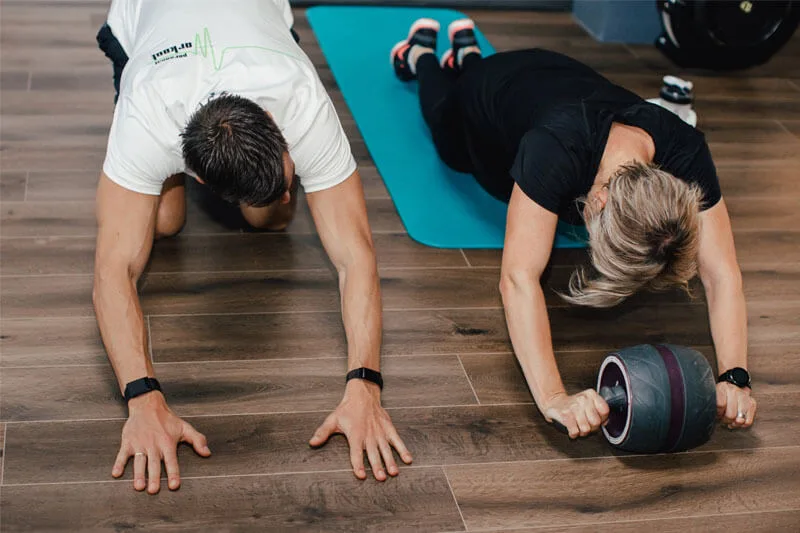Could ChatGPT and AI Replace a Personal Trainer?
Artificial intelligence and ChatGPT are hot topics. AI is being used in various fields and is a relatively new technology, expected to become even more widespread in our society. Today, we’ll examine the role it could play in fitness, assessing its utility and potential limitations. By Emanuele Melis
What are ChatGPT and AI?
ChatGPT is a type of artificial intelligence developed by OpenAI, designed to answer questions and support conversations on various topics. Artificial intelligence (AI), of which ChatGPT is an example, is an advanced technology that enables computers to perform tasks that would typically require human intelligence, such as understanding language, making decisions, and solving problems. ChatGPT is a language model based on machine learning, which means it learns from data to improve its responses and interact in increasingly natural and precise ways. ChatGPT uses information learned from training data — a vast collection of texts from books, articles, websites, and other public resources on the internet — but it doesn’t have direct access to real-time sources.
ChatGPT and Exercise
More and more people are using ChatGPT to request workout plans, especially those who have little workout experience or are new to the gym. To assess the effectiveness of a plan generated by ChatGPT, I simulated a request as a beginner. Here’s how I presented myself:
“I need a weekly workout plan for three days a week. I’m 30 years old, 1.70 m tall, and weigh 70 kg. I have no experience with weights and will start the gym next week. I’d like to tone up, stay in shape, and get stronger.”
Here’s ChatGPT’s response:
DAY 1: Strength – Lower Body and Core
- Dumbbell Squats – 3 sets x 12 reps
- Leg Press (if available) – 3 sets x 10 reps
- Reverse Lunges with Dumbbells – 3 sets x 10 reps per leg
- Crunches on Mat – 3 sets x 15 reps
- Plank – 3 sets of 30 seconds
DAY 2: Strength – Upper Body and Core
- Dumbbell Bench Press – 3 sets x 10 reps
- Lat Pulldown – 3 sets x 10 reps
- Shoulder Press with Dumbbells – 3 sets x 12 reps
- Dumbbell Curl – 3 sets x 12 reps
- Side Plank – 3 sets of 20 seconds per side
DAY 3: Endurance and Cardio
- Walking Lunges – 3 sets x 10 reps per leg
- Push-Ups (on knees if needed) – 3 sets x 10 reps
- One-Arm Dumbbell Row – 3 sets x 12 reps per side
- Mountain Climbers – 3 sets of 30 seconds
- Interval Training on Treadmill or Bike – 20 minutes (alternate 1 minute at moderate pace
with 30 seconds at a higher intensity)
The plan may be suitable for a beginner but has some limitations compared to a plan customized by a human personal trainer. Let’s see why.
Session Structure
The main issue with the session lies in how the day is structured. At Personalworkout, we work differently: we rarely use single exercises in isolation (aka straight sets), preferring to move on to the next exercise immediately after completing the sets to avoid wasting valuable time in the gym. The problem is that a beginner may not even be aware of jump sets or supersets.
Another issue is the lack of specified rest times; you can ask ChatGPT for clarification on this, and the response I received was 60 seconds for larger muscle groups and 45 for smaller ones. This answer could make sense, but it could also be entirely off the mark. Rest times depend on many factors: some people need 90 seconds after a set of squats, while others recover much faster. It depends on the goal, physical condition, personal endurance, the ability to push to the maximum during an exercise, the condition of that muscle group, and the willingness to train at a certain intensity. Having fixed rest times might discourage clients who cannot keep up or bore those who actually need less recovery time.
One question we are always asked is: how often should you change the workout plan? ChatGPT suggested changing it every 4-6 weeks. There is no precise answer, but we can say that four weeks are rarely enough to reach a good level of technique mastery.
The Importance of Proper Technique
Exercise execution technique is a topic where one often risks leaning toward one of two extremes. There are those who focus on trying to achieve a “perfect” technique (which doesn’t exist) at the expense of load, risking insufficient stimulus, and those who don’t pay enough attention to technique, risking injury.
ChatGPT, as of today, cannot monitor exercise technique, unless intelligent humanoid robots are created to observe and evaluate this as well.
In the past two years, we have specialized in execution technique, studying the resistance profiles of the machines in our studio and traveling to the U.S. for RTS Mastery certification. This allows us to further refine the quality of our work so our clients can train as safely and effectively as possible.
The Role of the Personal Trainer
Many people have a limited understanding of a personal trainer’s role, assuming they only write workout plans, teach exercise techniques, or serve purely as motivators. In reality, a qualified personal trainer not only creates a plan tailored to the client’s physical condition but can correct and select exercises in real time. As human beings, we have days when we’re tired or experiencing minor aches, and the personal trainer can adapt exercises to these variables.
Adaptations and Errors of ChatGPT
To test ChatGPT’s ability to adapt to specific conditions, I asked it to modify the plan due to a right shoulder pain. Here are some errors I noticed:
- ChatGPT replaces the chest press machine with dumbbell bench presses, but the latter isn’t necessarily more suitable; in fact, it could worsen the condition.
- The dumbbell shoulder press is substituted with front raises using a resistance band, but this exercise might overload the front deltoids without sufficient engagement of the medial ones, failing to address the pain.
- Mountain climbers and planks in the workout could aggravate the shoulder pain, but it did not remove or changed them.
These “errors” highlight how, lacking advanced anatomical knowledge and real-time observation, ChatGPT may produce results that only an expert eye could recognize as inappropriate or even counterproductive.
One issue with ChatGPT is that it has never actually trained people.
Self-Regulation and ChatGPT’s Limitations
One of the fundamental principles of a training session is self-regulation — the ability to adjust workload based on perceived effort and physical condition at the moment. ChatGPT cannot monitor these parameters, nor can it evaluate progress or adjust the training plan accordingly, as it lacks the “eyes” and “sensitivity” to capture physical signals.
The Eyes and Heart of the Personal Trainer
An experienced personal trainer can interpret a client’s fatigue and body language without verbal communication. This sensitivity allows real-time modifications to the workout based on the client’s mood, fatigue, and motivation. This skill is rooted in human experience, which machines, like ChatGPT, currently lack.
Conclusion
ChatGPT and other forms of artificial intelligence are intriguing tools for fitness, particularly capturing the interest of beginners or those seeking basic guidance. However, these technologies have significant limitations. A personal trainer not only creates personalized and safe plans but can also self-regulate and adapt the training to each client’s needs in real-time, providing emotional and practical support that an AI cannot yet deliver. Although technology may evolve in the future, the human presence remains irreplaceable in personalized training for now.
If you’re a beginner and looking for guidance, ChatGPT may be helpful, but if you want to be safe and avoid risks, trust a qualified and experienced personal trainer who can support you on a journey of improvement and lifestyle transformation.
Sources
- chatgpt.com
- https://personalworkout.ch/en/fitness-blog/training-and-workouts/what-biomechanics-has-to-do-with-strength-training/
- https://gymaware.com/autoregulation-in-strength-training/
Challenge of the Month
What Clients Say


